Bystander Damages: Lejeune And Its Progeny
When LeJeune v. Rayne Branch Hospital, 556 So.2d 559 (La. 1990) finally reached the Louisiana Supreme Court, Justice Calogero wrote an opinion specifically recognizing, with restrictions, a bystander’s rights to sue for damages. In order to file suit, the claimant had to (1) view the accident or come upon the accident soon thereafter; (2) suffer foreseeable and serious mental anguish; and (3) have a relationship with the victim.
It did not take long for the Louisiana Legislature to codify LeJeune and by 1991, Louisiana Civil Code Article 2315.6 became effective. Presently, any bystander simply viewing a traumatic accident is not free to file suit for mental distress. The claimant must actually view the accident or see its aftermath, the victim must be closely related (siblings, parent/child, or grandparent/grandchild), and the mental anguish must be “severe and debilitating”. When bystander cases became an integral part of Louisiana tort law, it was feared that flood gates of litigation would open, however, with judges refusing to expand the restrictive language of the statute, cases have not multiplied as expected.
Clever attorneys continuously challenge article 2315.6, producing noteworthy decisions. Take, for example, a father and stepmother who watched their son fall to the ground after an oncoming horse struck him in the head. Would both parents be able to sue for mental anguish? In a similar case entitled Daigrepont v. La. State Racing Commission, 663 So.2d 840 (La. App. 4th Cir. 1995), the court allowed the father to maintain his case against the racing commission, but stopped short with the stepmother, indicating that she was not a “mother” under the statute. In Wartelle v. Women’s and Children’s Hospital, Inc., 704 So.2d 778 (La. 1997), the plaintiff’s stillborn fetus was deemed not “a person” for purposes of the bystander action and as a result, LeJeune damages were not recognized.
Defining “severe and debilitating” mental anguish is more challenging as it is subjective and requires fact-based conclusions. Courts will look to facts such as job loss, inability to function and prescription medication for anxiety or depression. The Second Circuit has taken a tough stand in analyzing the extent of mental anguish. For example, in Nelson v. Ruston Longleaf Nurse Care Center, 751 So.2d 436 (La. App. 2nd Cir. 2000), the court refused to allow bystander damages to a claimant who was still able to function after the injury-causing event and did not seek psychological counseling. In Blair v. Tynes, 621 So.2d 591 (La. 1993), the Louisiana Supreme Court awarded damage to a claimant who watched a car strike and kills his wife. Before the accident, he had an active life and a good employment record, but became withdrawn and did not work in the three years that had passed since the accident.
While it is impossible to ignore a heart-stopping calamity and not feel empathy toward someone witnessing a tragic event, the law remains firm in its restrictions. The LeJeune case and its progeny have ensured that doors remain closed to claimants outside the confines of the strict statutory language. Only the legislature can expend the language if certain groups are denied causes of action.

